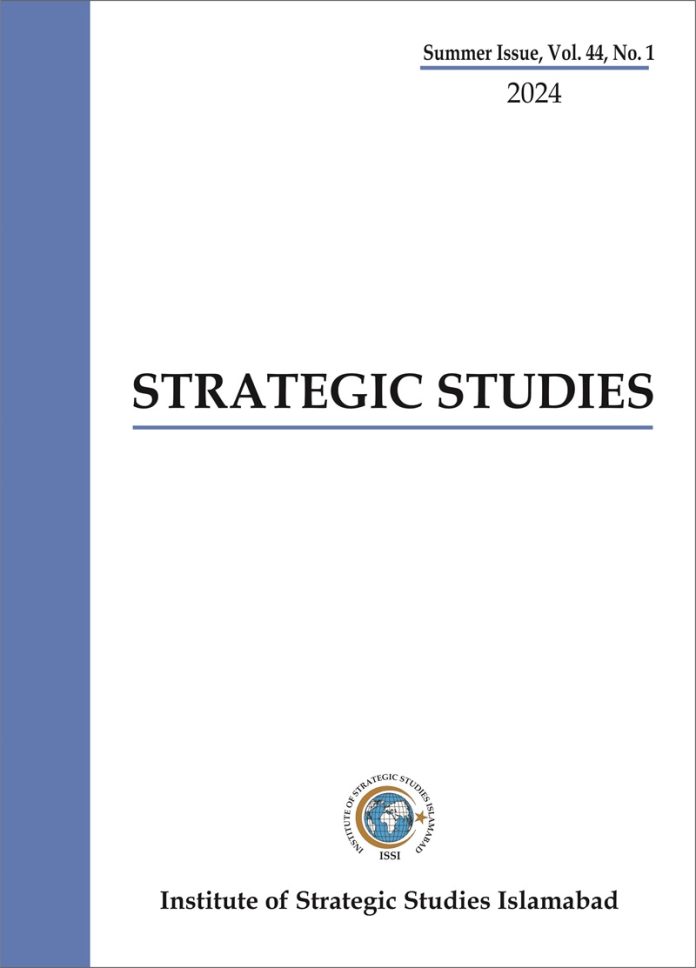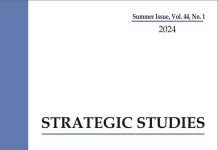Abstract
The U.S. invasion of Iraq entailed with itself the overarching dynamics that have reshaped not only the Iraqi political and security landscape but have had a long-lasting impact on the entire region of the Middle East. The three phases of the U.S. military presence in Iraq are highlighted by the consistent setbacks that ultimately proved catastrophic for the region. First, the replacement of Baathist state structure with the so-called democratic setup led to political instability due to outbreak of civil war. Second, withdrawal of the U.S. troops led to establishment of ISIS, hence ensuing a new wave of terrorism. Third, return of the U.S. military under the disguise of countering ISIS eventually transformed into a proxy warfare with Iran. Resultantly, policy of the U.S. of promoting democracy in Iraq and utilizing it as a base for dominance across the region, respectively, could not prove fruitful for it and the region. Instead, Iraq witnessed the religiously motivated government that miserably failed to live up to the expectations of general public. On the other hand, instead of consolidating its position, the U.S. has experienced successive receding from the Middle East. This paper is thus an attempt to describe the political events in the post-U.S. invasion period to explore the reasons why the U.S. became a main factor of instability in Iraq and what would be its future trajectory regarding its military presence inside Iraq.













